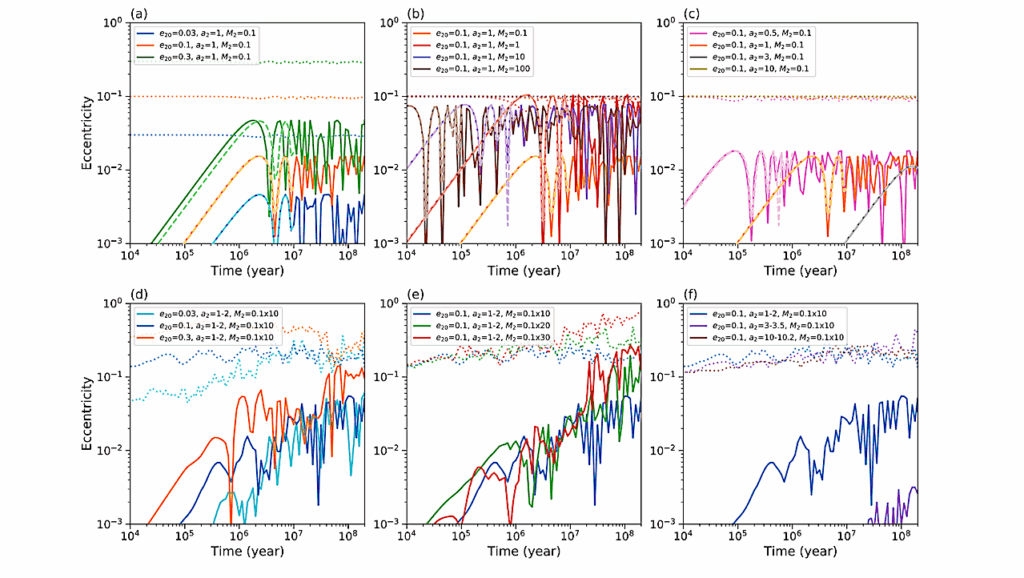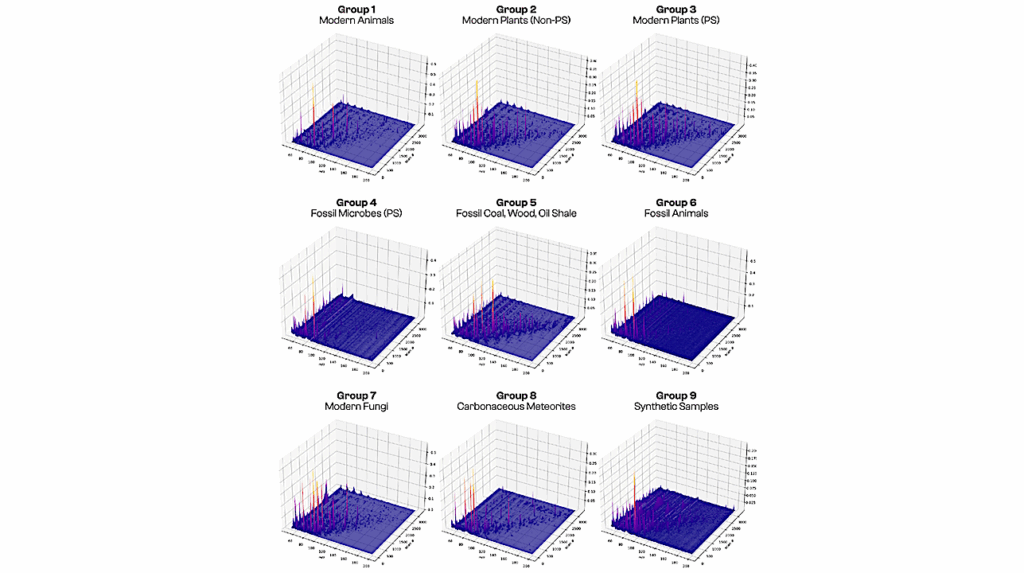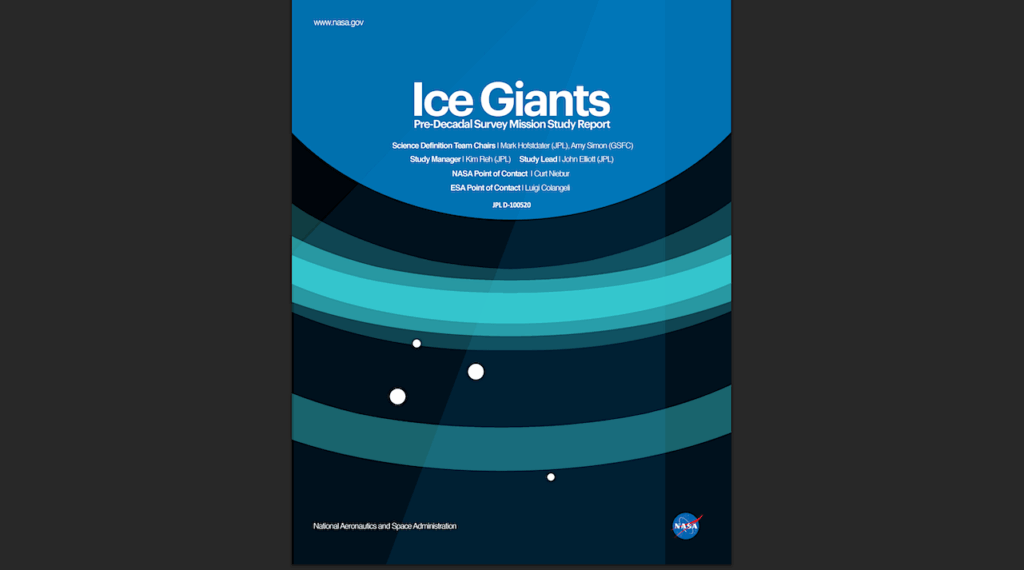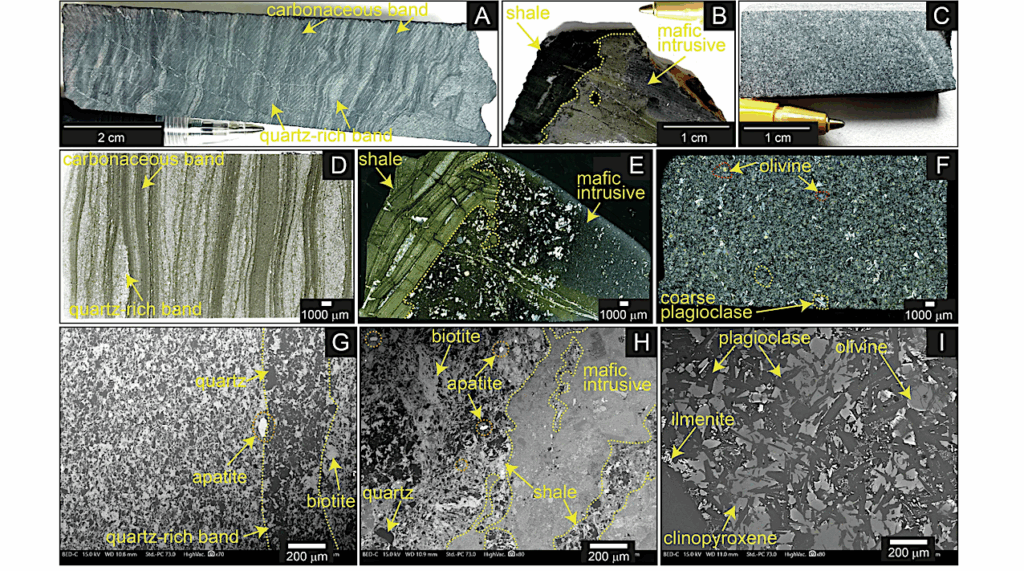The Solar System Could Have Formed in a Low-viscosity Disc: A Dynamical Study From Giant Planet Migration to the Nice Model

In the context of low-viscosity protoplanetary discs (PPDs), the formation scenarios of the Solar System should be revisited. In particular, the Jupiter-Saturn pair has been shown to lock in the 2:1 mean motion resonance while migrating generally inwards, making the Grand Tack scenario impossible.
We explore what resonant chains of multiple giant planets can form in a low-viscosity disc, and whether these configurations can evolve into forming the Solar System in the post gas disc phase. We used hydrodynamical simulations to study the migration of the giant planets in a disc with viscosity α=10−4.
After a transition phase to a gas-less configuration, we studied the stability of the obtained resonant chains through their interactions with a disc of leftover planetesimals by performing N-body simulations using rebound. The gaps open by giant planets are wider and deeper for lower viscosity, reducing the damping effect of the disc and thus weakening resonant chains.
Exploring numerous configurations, we found five stable resonant chains of four or five planets. In a thin PPD, the four giant planets revert their migration and migrate outwards. After disc dispersal, under the influence of a belt of planetesimals, some resonant chains undergo an instability phase while others migrate smoothly over a billion years.
For three of our resonant chains, about 1% of the final configurations pass the four criteria to fit the Solar System. The most successful runs are obtained for systems formed in a cold PPD with a massive planetesimal disc.
This work provides a fully consistent study of the dynamical history of the Solar System’s giant planets, from the protoplanetary disc phase up to the giant planet instability. Although building resonant configurations is difficult in low-viscosity discs, we find it possible to reproduce the Solar System from a cold, low-viscosity protoplanetary disc.
Philippine Griveaud, Aurélien Crida, Antoine C. Petit, Elena Lega, Alessandro Morbidelli
Comments: 13 Pages, 13 Figures, Accepted for publications in A&A
Subjects: Earth and Planetary Astrophysics (astro-ph.EP)
Cite as: arXiv:2406.20075 [astro-ph.EP] (or arXiv:2406.20075v1 [astro-ph.EP] for this version)
Submission history
From: Philippine Griveaud
[v1] Fri, 28 Jun 2024 17:35:39 UTC (8,219 KB)
https://arxiv.org/abs/2406.20075
Astrobiology, Astrogeology,








